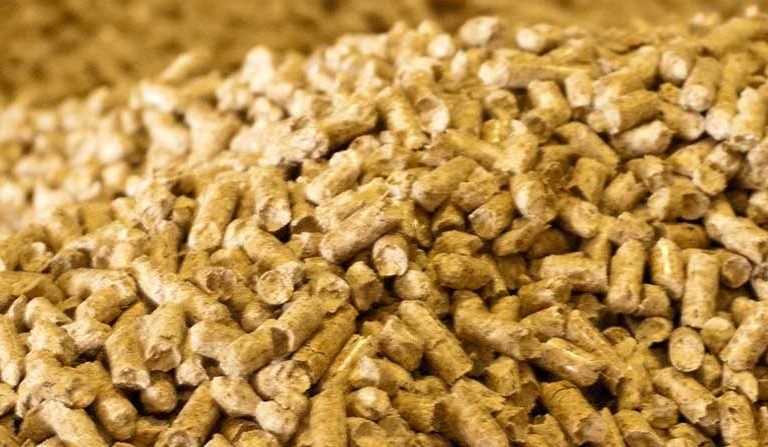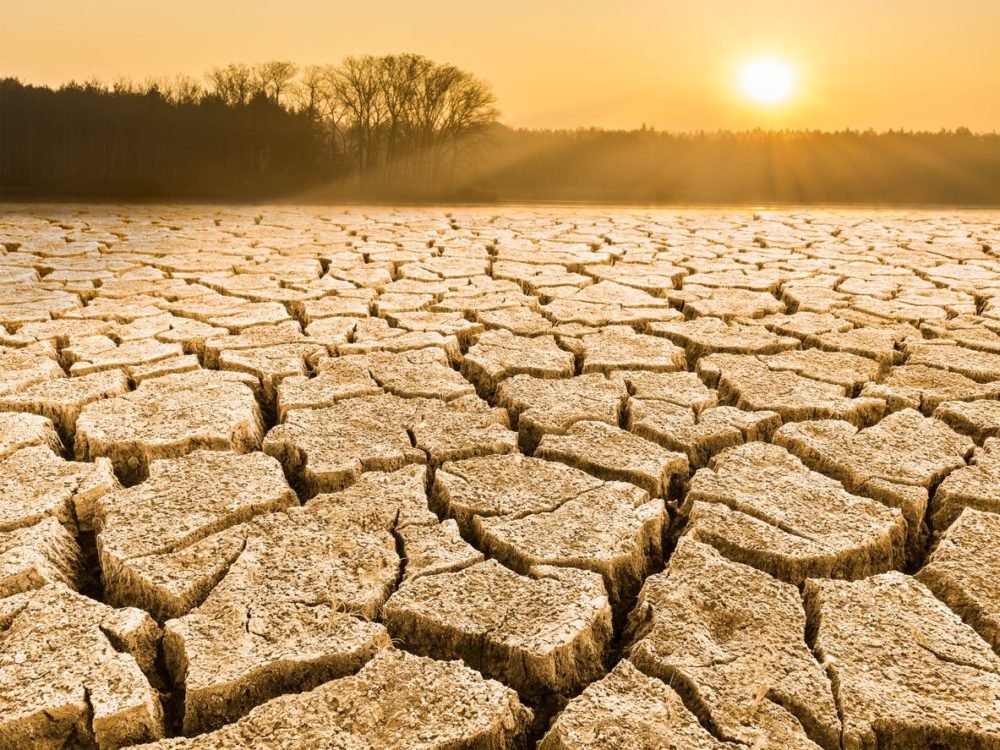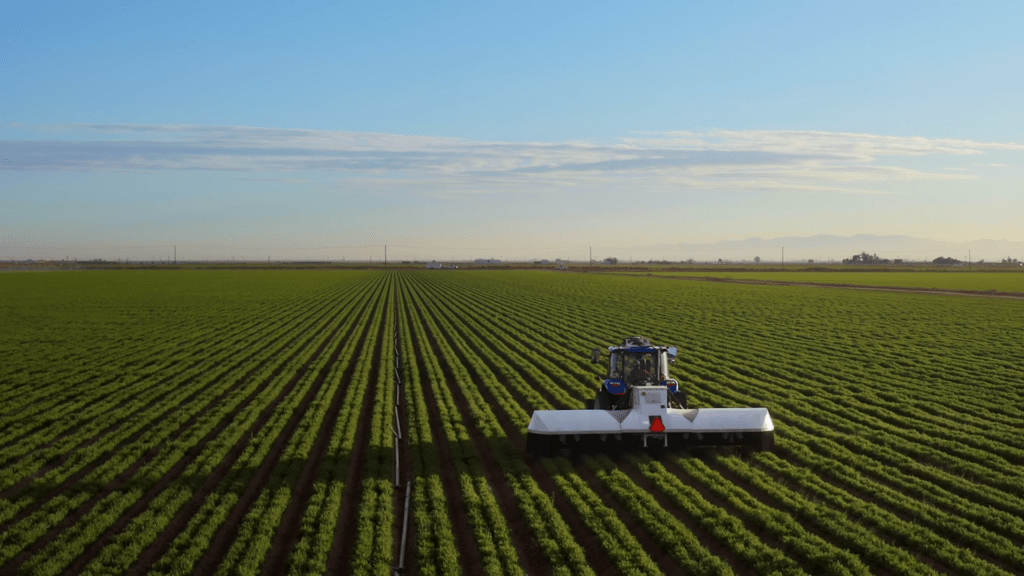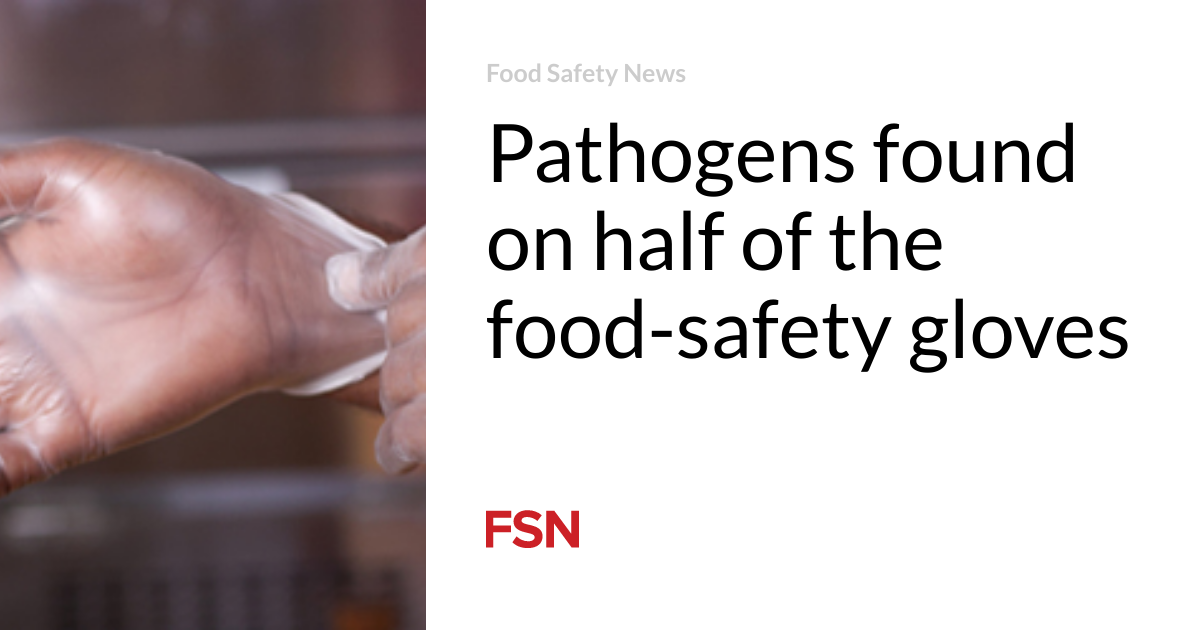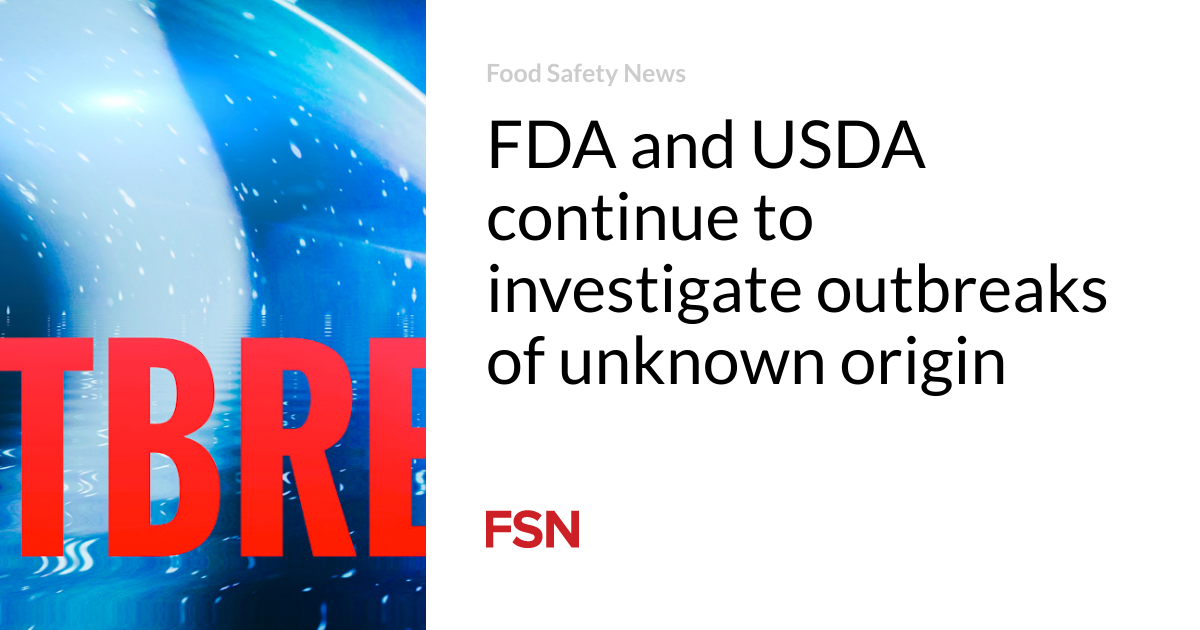- The Arctic Ocean has grown more acidic at a surprising rate in recent years, three times faster than the rest of the global ocean.
- Melting sea ice has exposed the top level of the Arctic Ocean to air rich with carbon dioxide, creating a layer that sopped up carbon from the atmosphere.
- Increased acidity may hamper the ability of marine organisms to build their shells, causing ripple effects through the Arctic food web.
Melting sea ice may evoke images of polar bears stranded on shrinking floes or dramatically collapsing ice shelves. But according to a study published recently in the journal Science, ice melt is triggering another ecological threat: a drastically acidified Arctic Ocean. This has diminished access to key chemical building blocks for organisms that call the Arctic home, potentially disrupting the entire food web in this region.
An international team led by scientists at the University of Delaware found that the Arctic Ocean grew 50% more acidic from 1996 to 2020, changing three times faster than the rest of the ocean. “I thought it would be a little bit higher,” said study co-author Wei-Jun Cai, a marine chemist at the University of Delaware. “But I didn’t know it would be that high.”
The Arctic is warming faster than any similar region on Earth, causing sea ice to retreat rapidly. Ocean water trapped under the ice is low in carbon dioxide, which dissolves readily in cold water. But as the icy shield melts, these frigid waters suck up carbon dioxide from the air, forming a carbon-rich layer that sits on top of the ocean.
When carbon dioxide dissolves in water, some of it reacts to form acid. So Cai, who first reported this carbon-rich layer 12 years ago, wondered whether these Arctic waters might grow more acidic especially quickly.
During 47 summer voyages to the western Arctic Ocean from 1996 through 2020, he and an international team of collaborators collected thousands of measurements. They documented the acidity and the level of aragonite, a mineral that declines in acidic waters but which marine organisms need to build their shells. Then, they compared their field observations to satellite measurements of the retreating ice.
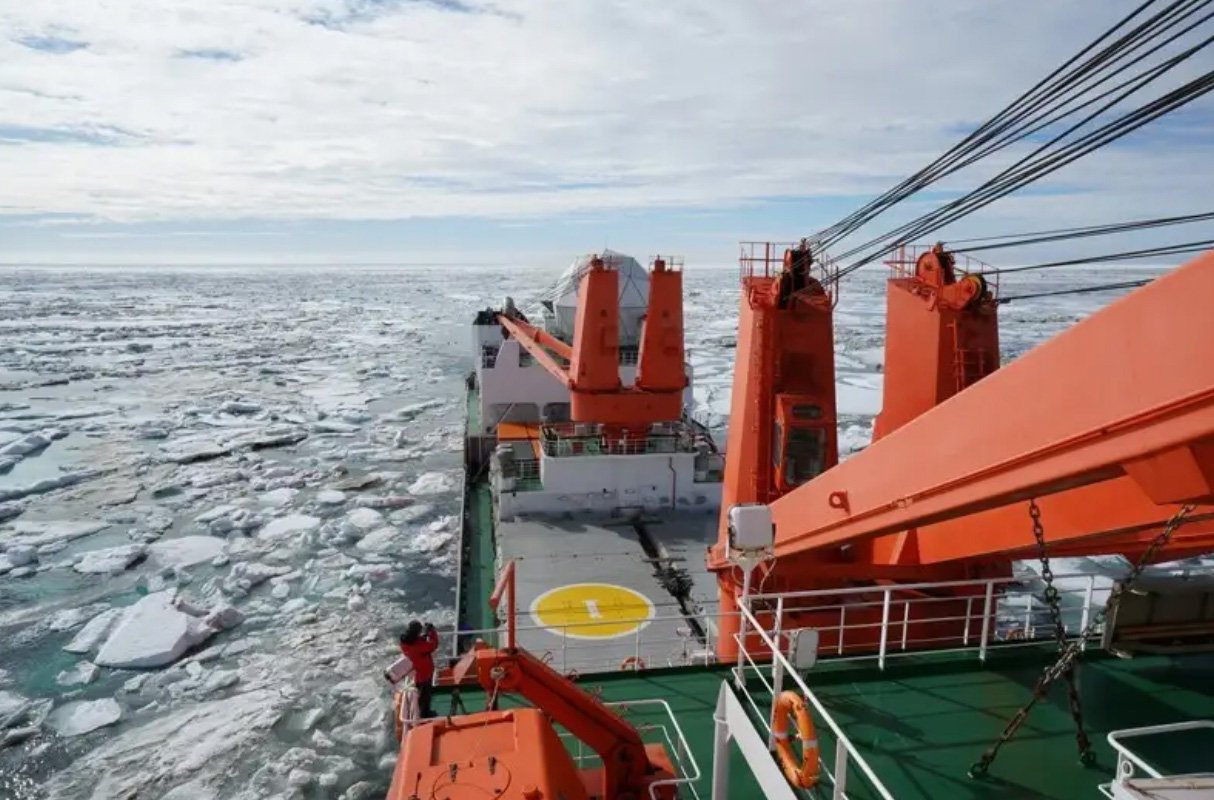
The jumps in acidity lined up with the periods of increased melting, the team found. To explain this, the researchers looked at the ocean’s chemistry. Ocean waters contain a natural chemical cocktail that buffers against changes in acidity. But as the Arctic ice melted, the injection of fresh water thinned this protective mix of minerals.
This change made the frigid seawater grow especially acidic from the hefty dose of carbon dioxide made available by the receding ice. “It’s not even just a double whammy,” said Bärbel Hönisch, a paleoceanographer at Columbia University in New York who was not involved in the study. “There are just lots of things happening at the same time.”
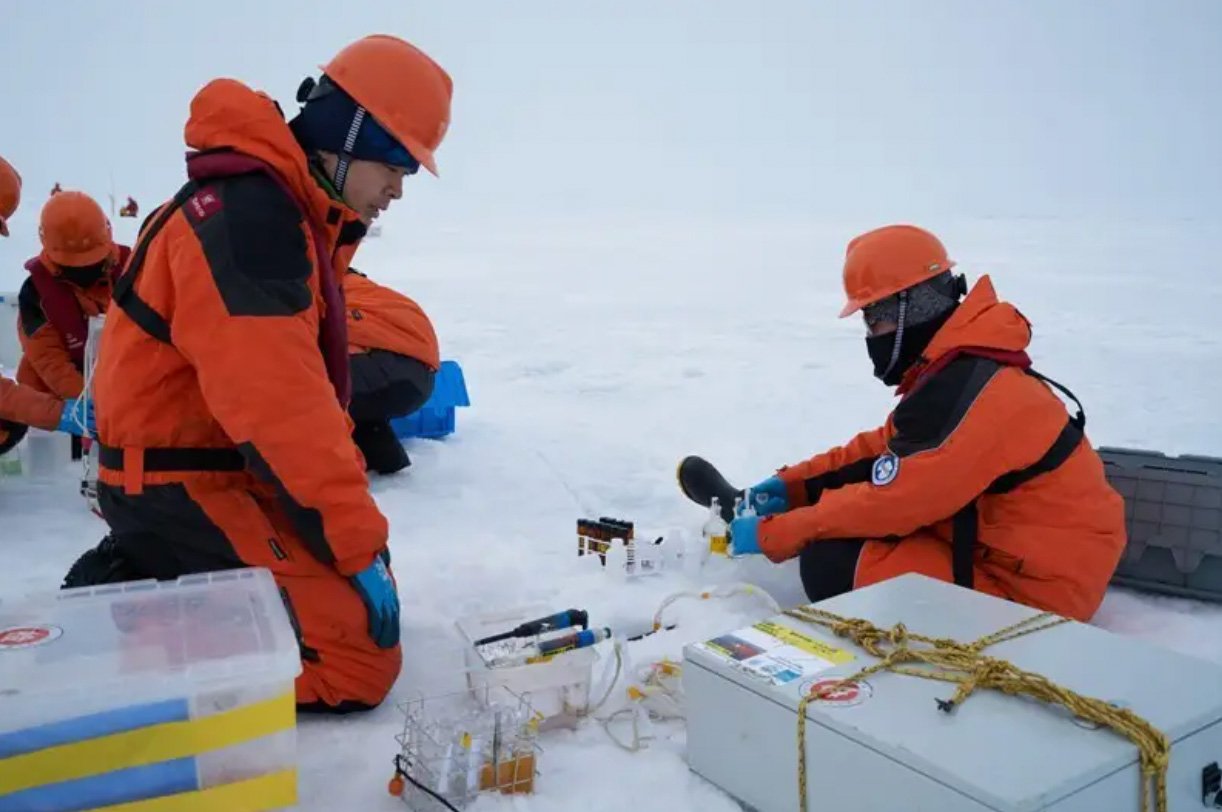
In recent years, the rate of Arctic sea ice melt has plateaued, slowing down the changes in acidity. However, Cai expects that the Arctic will keep growing acidic more quickly than the rest of the global ocean until all of the seasonal Arctic sea ice melts — likely before 2050.
“It’s a provocative paper,” said James Orr, senior scientist at the Climate and Environmental Sciences Laboratory in Saint-Aubin, France, who was not involved in the study. While many other studies of Arctic acidification use mathematical models, this investigation used real data collected on research voyages, Orr noted. However, he cautioned that the team relied on sparser data in the 1990s, when ice covered more of the Arctic Ocean. This relative lack of early information may have influenced the strength of the trend they calculated, Orr said.
The researchers also found that levels of aragonite fell four times faster in the Arctic than elsewhere in the ocean. For sea butterflies (small swimming sea snails), diatoms and corals that use this mineral to build their shells, “that’s really bad news,” said Hönisch.
Studies of these creatures in other oceans have shown that global warming and acidifying oceans can shift habitats and shorten lifespans of the animals that rely on aragonite. For sea butterflies in warmer waters, these combined effects have led to weakened shells or mass exoduses from affected regions.
Organisms like sea butterflies serve as an essential food source for many species of fish. That means threats to shelled creatures may disrupt the Arctic food web, moving upward to iconic Arctic species such as beluga whales and polar bears.
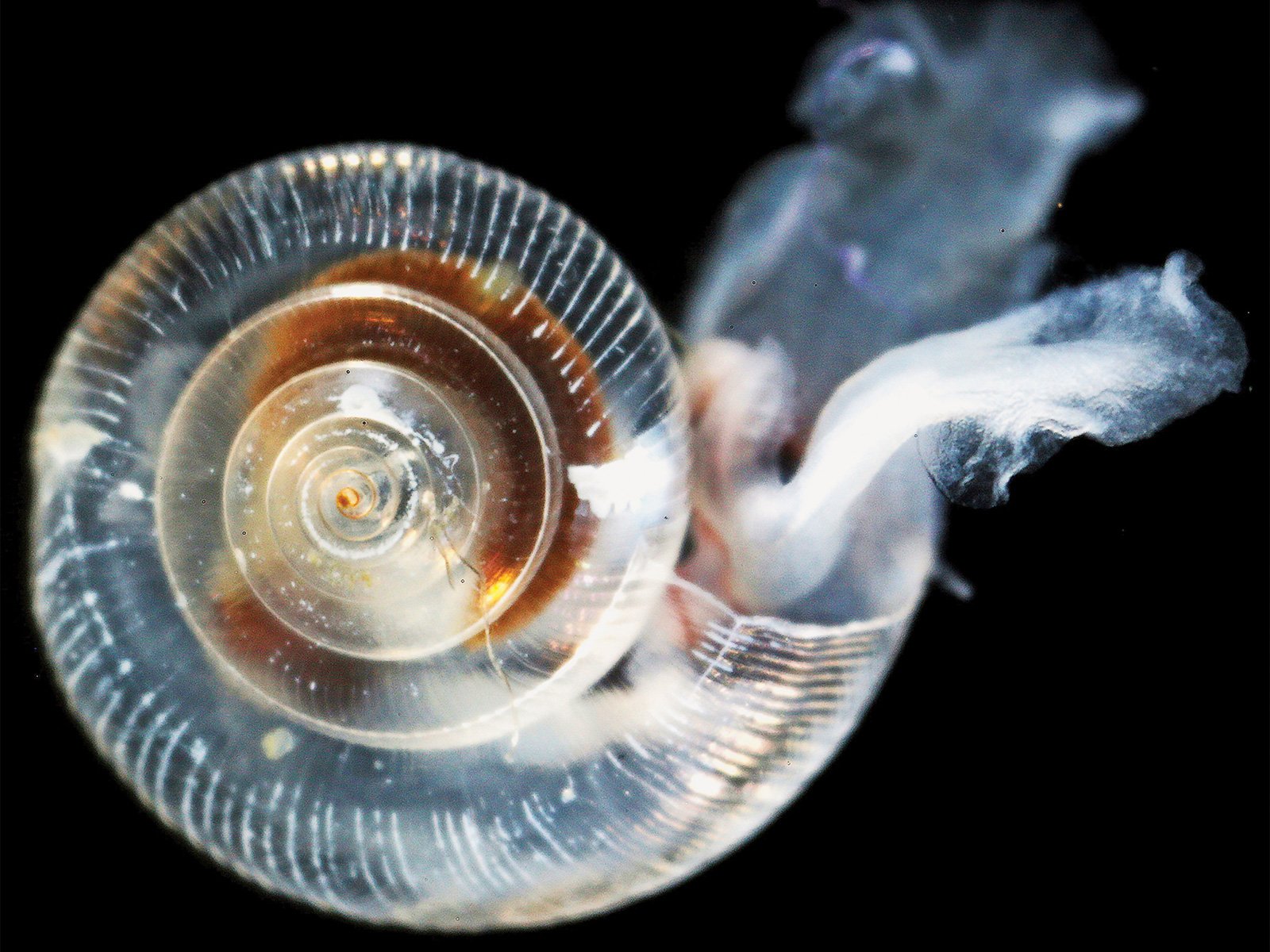
Some scientists worry that rapid changes in temperature and acidity may pose grave ecological danger, since animals in the Arctic Ocean have lived in a narrow range of conditions for thousands of years.
“The Arctic species … have nowhere to run, nowhere to hide,” said Orr. “They can’t go north. They’re already in the North. That’s the concern.”
Citation:
Qi, D., Ouyang, Z., Chen, L., Wu, Y., Lei, R., Chen, B., Feely, R. A., Anderson, L. G., Zhong, W., Lin, H., Polukhin, A., Zhang, Y., Zhang, Y., Bi, H., Lin, X., Luo, Y., Zhuang, Y., He, J., Chen, J., &; Cai, W.-J. (2022). Climate change drives rapid decadal acidification in the Arctic Ocean from 1994 to 2020. Science, 377(6614), 1544–1550. https://doi.org/10.1126/science.abo0383
Luis Melecio-Zambrano (@ZambranoMelecio) is a graduate student in the Science Communication program at the University of California, Santa Cruz. Other Mongabay stories produced by UCSC students can be found here.


